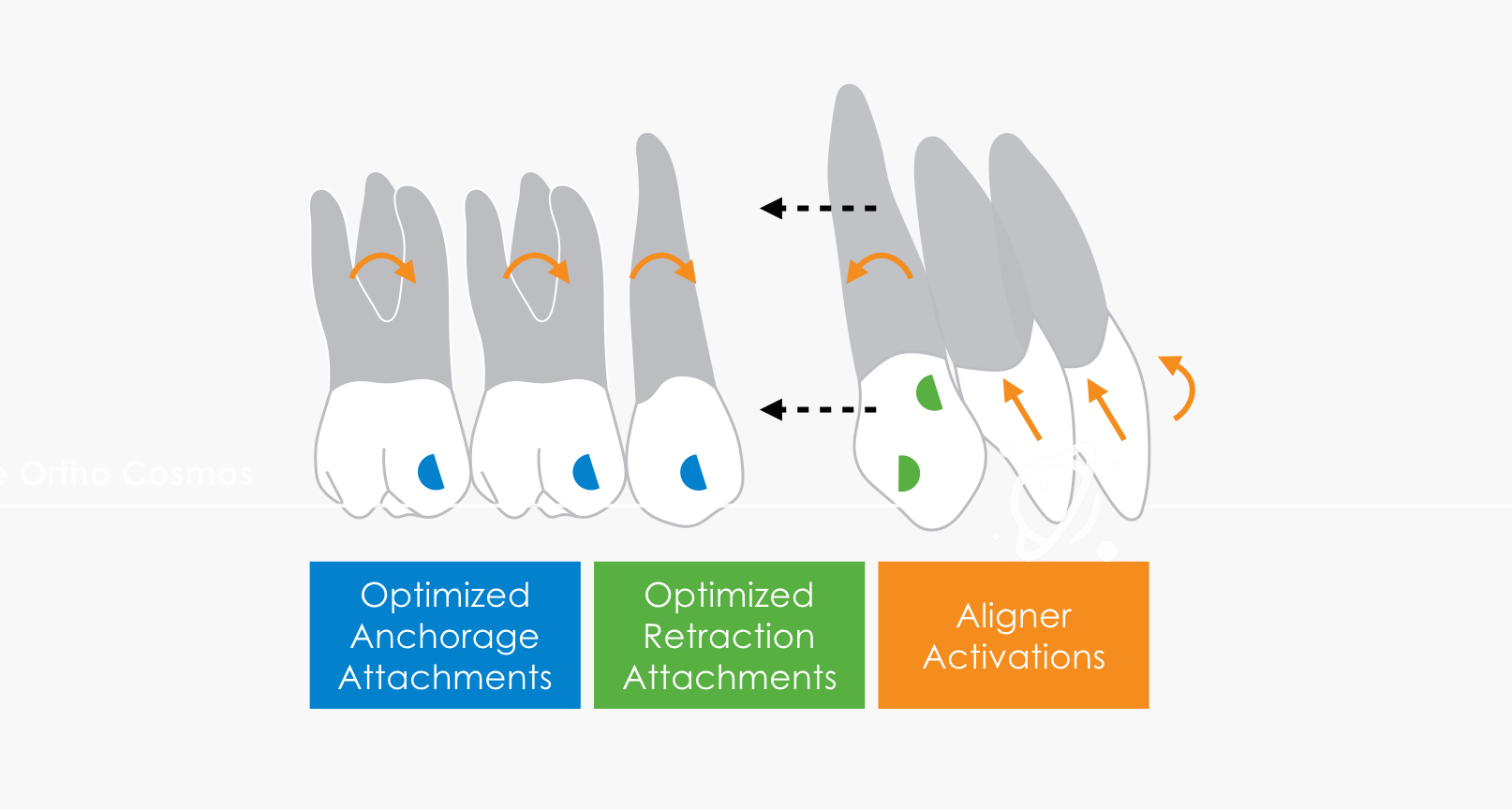
Et monuit
Extraction treatment with aligners is possible and can be effective, but be warned. I regularly warn doctors that more complex treatment plans with aligners do need a minimum level of proficiency. The reason being, that anyone can finish a successful case. The true measure of your skill is how you recover from a case that doesn’t go “by the book”.
Warnings aside, we all will encounter patients that will insist on aligner therapy where an extraction treatment plan is indicated. Some of you like a challenge like I do, and may elect to treat select cases with this technique. I can appreciate that when done properly, cases with extraction treatment can be predictable and a positive experience for both the orthodontic practice and patient.
It’s a different skill
I know many orthodontists who use aligner therapy regularly, who do not do extraction treatment with Invisalign. Depending on your patient demographics, you may never feel the need to use this technique. If you are pulling punches on teen cases, Class I, Class II, deep bites, etc, just stay away. It’s really not funny to see doctors who have treated very few cases jump into aligner extraction treatment. Sometimes they get lucky, but often I see an orthodontist leave with a bad taste for aligner therapy when there are plenty of opportunities to treat other types of cases. Sometimes, you don’t know what you don’t know.
Diagnosis, diagnosis, diagnosis
Are you sure it’s an extraction case? Unlike fixed appliances that expand and procline, Invisalign is a closed system that has to be intentionally designed to procline and expand. From my experience, it’s strength is in retraction and constriction. IPR, expansion, distalization, etc. are tools available in an aligner system if integrated to address various crowding issues.
Measure twice, cut once
Use Clincheck as the diagnostic tool it is designed to be. I enjoy how a patient can be run through various treatment scenarios before even starting to move a single tooth. This is a powerful tool often overlooked. You don’t have to guess, simply setup various plans and see how the outcomes change. Then select the treatment plan that best matches your treatment objectives.
Setup for success
Extraction treatment often caters to the mastery of all 3 dimensions with an aligner system. The most predictable extraction cases present with severe crowding where tipping teeth into the extraction sites leads to a great outcome. Some cases are more challenging when a deep bite is present and when root movements are necessary. Often, the most challenging cases present as bimaxillary protrusion with little to no crowding.
Some of the considerations when planning extraction cases include objectives in anchorage, root control, attachment design, staging, incisor root torque, curve of Spee and AP changes. It is important to control the roots of the canines, bicuspids and molars. Add significant attachments on canines, bicuspids and molars with maximum length from occlusal to gingival, or better yet, optimized designs.
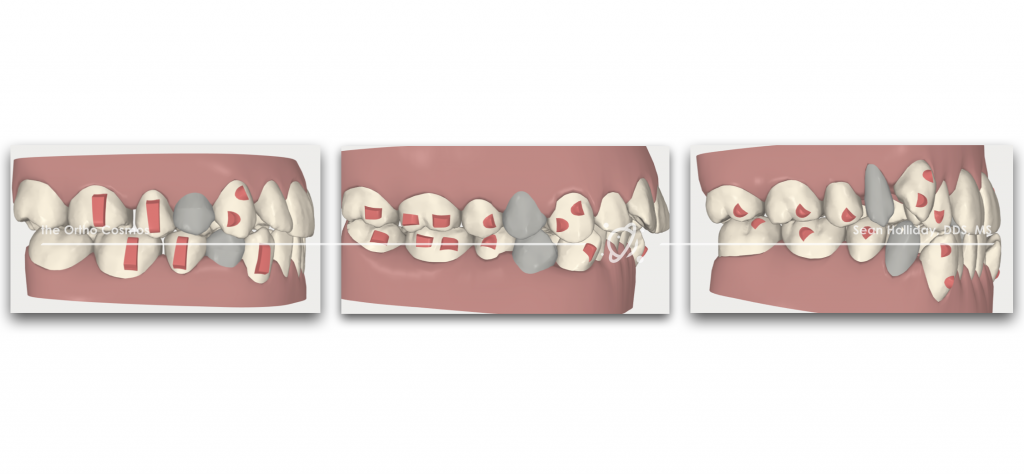
Consider the anchorage in each case (mild, moderate or maximum). G6 protocols should never be used when any mesial movement of the posterior teeth is incorporated and is only effective in maximum anchorage cases. Significant mesial movement of posterior teeth may also require attachment on second molars and more hefty attachments on the first molars.
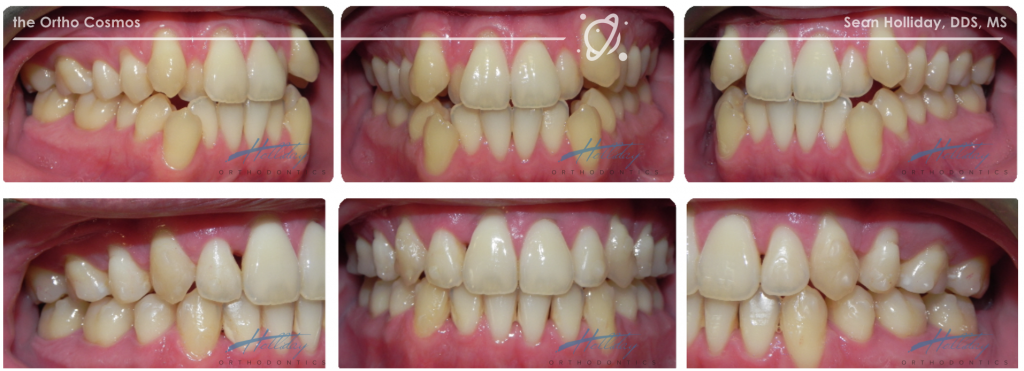

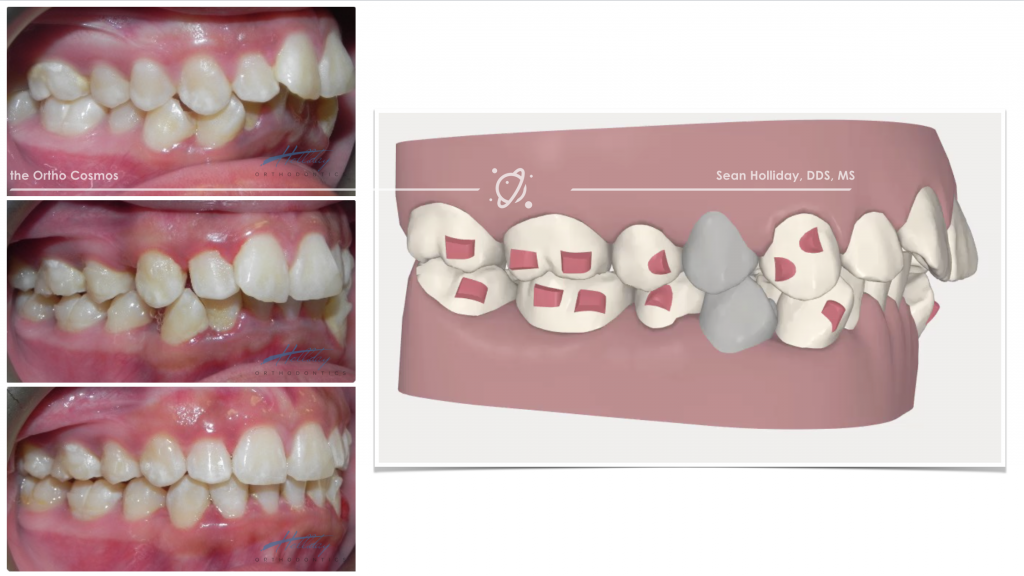
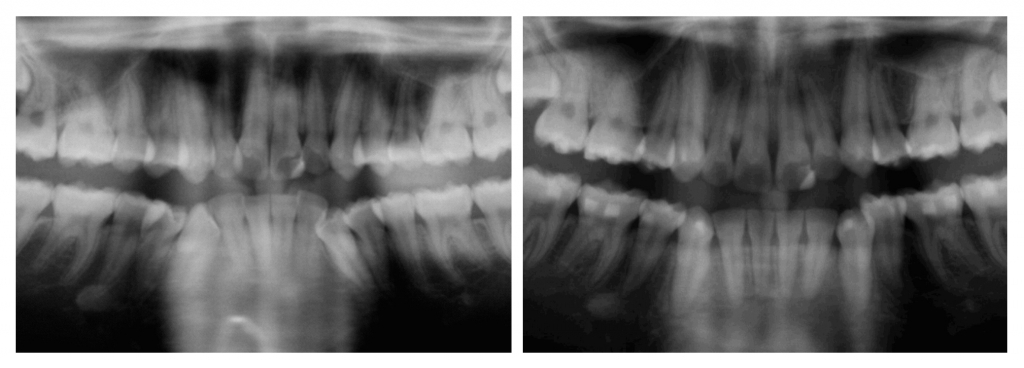
Don’t jump without a parachute
Especially if you don’t have many cases under your belt. Seek mentorship, learn from all the CE that is available at lectures and online. Don’t forget as orthodontists there are many tools at our disposal. Inform patients that finishing with fixed appliances is a possibility. It is best to warn than to give excuses.
Could you explain why invisalign G6 can not be used if medial movement of posterior teeth is planned?
The original G6 protocol is designed for maximum anchorage. There isn’t enough force to control the posterior teeth when mesial movement is set in the clincheck and it would lead to mesial crown tipping and lack of root control. With recent G6 enhancements being launched in 2018, a new set of attachments are being offered for moderate anchorage and a great force and improved staging to address this limitation.
Could you please tell me how orthodontist study how to utilize G6 enhancements being launched in 2018? Do they need to go through training?
New features get released to all orthodontists, dentists, and other dental professionals utilizing the Invisalign product. The training on orthodontics comes from a 2-3 year residency specializing in orthodontics (after dental school), going to continuing educational courses, scientific literature review, etc.
Hi Sean, I’m in Boston and I am having trouble finding a reliable orthodontist who I can trust to do my Invisalign. I want to reduce my profile, and that would requires 4 teeth extractions, the dentist I do trust from Tufts University orthodontics department tells me he would only do it if I do normal braces. However Tufts dosen’t own the latest technology like 3d scanning, this made me think maybe they are behind… I have visited couple other places from the top list on Invisalign website, they all say they can do it with Invisalign, but I can’t trust them because they are such small businesses, and they don’t really explain much when I do the consultation, feels like they will say yes to anyone… Do you have any suggestions on weather I should go with the transitional practice or trust these small places? Is there a way I can search or find a someone that’s like you? I would like to find someone like you, because how much you are writing and reflecting after your daily practice.
Consult the Invisalign Doctor locator for a second opinion.
Hi. I have this tipe of maloclussion (https://youtu.be/icT40hXrINY)
Does Invisalign g6 works for this? Also I’m from Argentina so I’m not sure if this method is in my country.
It would. Consult an orthodontist in your area.